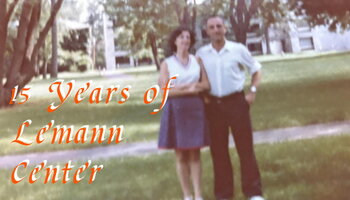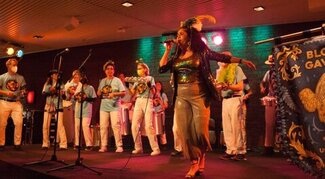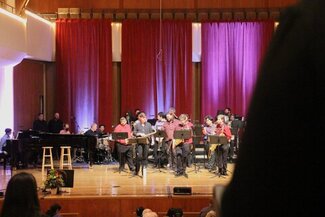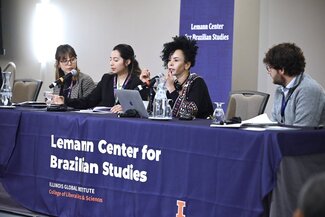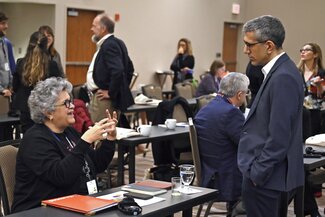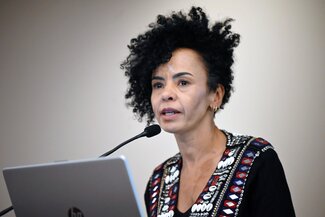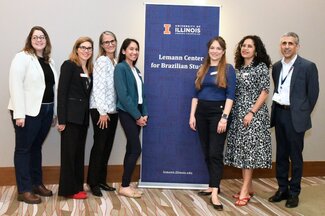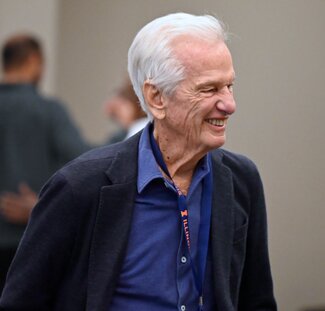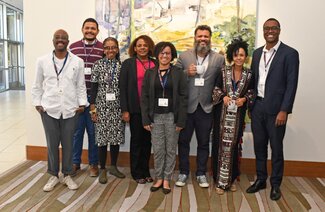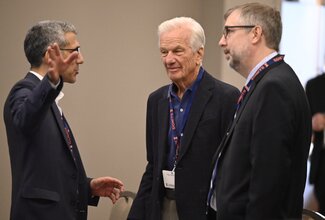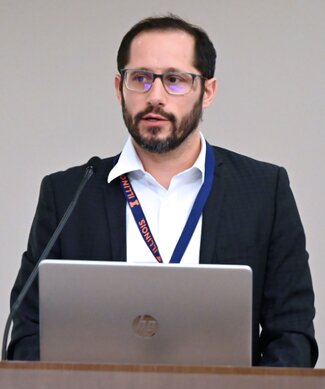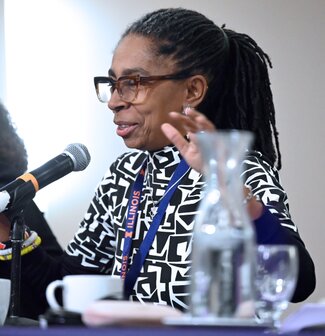Our History
“The University of Illinois has over a century of engagement in Brazil. Eugene Davenport, for whom Davenport Hall is named, was the first dean of the College of Agriculture at Illinois. As a young man he spent 1890-91 in São Paulo, Brazil, where he advised the coffee planter Luiz de Queiroz on establishing Brazil’s first school of agriculture, currently known as ESALQ (Escola Superior de Agricultura Luiz de Queiroz), part of the University of São Paulo…”
-Joseph Love, Inaugural Director of the Lemann Center and Emeritus Professor of History
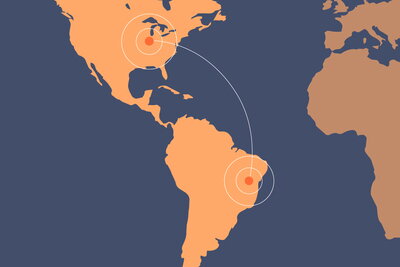
The Lemann Center for Brazilian Studies promotes the multidisciplinary study of Brazil by offering fellowships to UIUC and Brazilian students; funding faculty collaboration and research; organizing international conferences; and supporting cultural programming.
In 2009, the Lemann Center for Brazilian Studies (originally known as the Lemann Institute) was created from a generous gift given by Jorge Paulo Lemann and family. The center draws upon a half-century of sustained research and teaching, and extensive library resources, in Brazilian Studies at Illinois, as well as long-standing collaboration between Illinois and Brazilian scholars. Distinguished university alumni include the former President of the Central Bank in Brazil, Alexandre Antônio Tombini and the former President of the Bank of the Northeast, Marcos Holanda. Over the past decade and a half, our center has supported and welcomed countless numbers of students and professors.
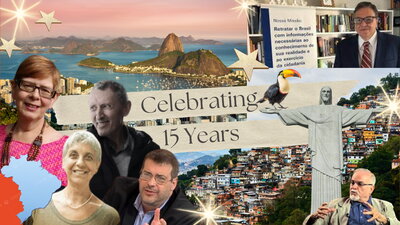
Since 2018, the Lemann Center has hosted annual graduate research forums that showcase the cutting-edge, multi-disciplinary research on Brazil undertaken by Illinois graduate students who received support from the Lemann Center as well as keynote lectures by Lemann Distinguished Visiting Scholars. To learn more about these and numerous other initiatives of the Lemann Center, please check out our Annual Newsletters!
Our Growth
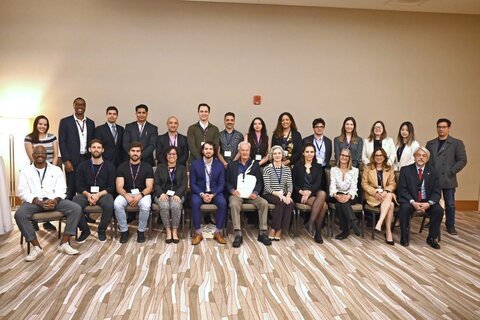
Title
Through the Years
The 2009 inauguration of what was then called the Lemann Institute for Brazilian Studies at the University of Illinois can be seen here in local news coverage.
Interview - 15 Years Journey
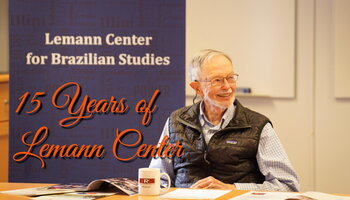
Interview with Professor Joe Love
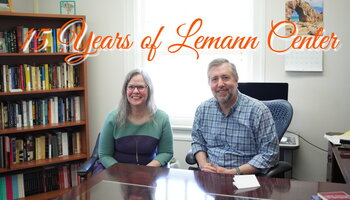
Interview with Professor Mary Arends-Kuenning & Jerry Davila
